David Baker, Demis Hassabis and John M. Jumper revealed how amino acids shape protein structure, a finding that could aid in drug discovery.


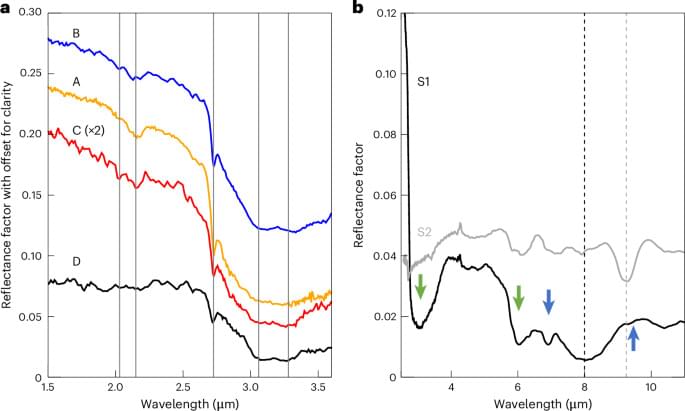
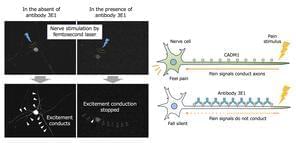
Cell surface proteins play a crucial role in cell communication and in sensing changes in the extracellular environment.
Professor Akihiko Ito and Dr. Fuka Takeuchi from the Department of Pathology at Kindai University Faculty of Medicine, Japan, set out to seek answers to this critical question. They investigated the impact of anti-CADM1 antibodies on neuronal activity, and their findings were made available online on 22 August 2024 and published in the journal Life Sciences on 11 September 2024. the study.
The team injected 3E1, the anti-CADM1 ectodomain antibody, under the mouse skin to study its localization on nerve fibers. Immunohistochemical and immunofluorescence studies revealed that the injected 3E1 was exclusively localized on peripheral nerves in the dermis. The lead author of the study, Prof. Ito highlights, “As CADM1 can recruit neuronal receptors to the plasma membrane, we hypothesized that this accumulation of 3E1 may blunt neuronal sensitivity, i.e., have an analgesic effect, via altering the expression of CADM1 on nerve fibers. However, to our knowledge, there have been no studies that attempted to develop drugs in terms of inhibiting CADM1 in nerves.”
Analgesic effects were tested using a formalin-induced chemical-inflammatory pain test and video-recorded behavior analysis at 6-, 12-, and 24-hours post-injection. Mice injected with 3E1 exhibited less pain-related behaviors when compared with controls, with analgesic effects lasting up to 24 hours, which is significantly longer than the duration of 5 to 8 hours reported for the local anesthetic levobupivacaine.
Hydrogen fuel, which produces no heat-trapping air pollution at the point of use, could be the future of clean energy. But first, some of the technology around still has to be improved, and researchers at the University of Alberta believe they have made an important step in that direction, AL Circle reported.
The breakthrough out of the University of Alberta is a new alloy material — dubbed AlCrTiVNi5 — that consists of metals such as aluminum and nickel. The alloy has great potential for coating surfaces that have to endure extremely high temperatures, such as gas turbines, power stations, airplane engines, and hydrogen combustion engines.
Hydrogen combustion engines are different from fuel cells, which also run on hydrogen. They are being used to develop cars that run on clean energy. While fuel cells rely on a chemical process to convert hydrogen into electricity, hydrogen combustion engines burn hydrogen fuel, creating energy via combustion, just like a traditional gas-powered car (but without all the pollution).
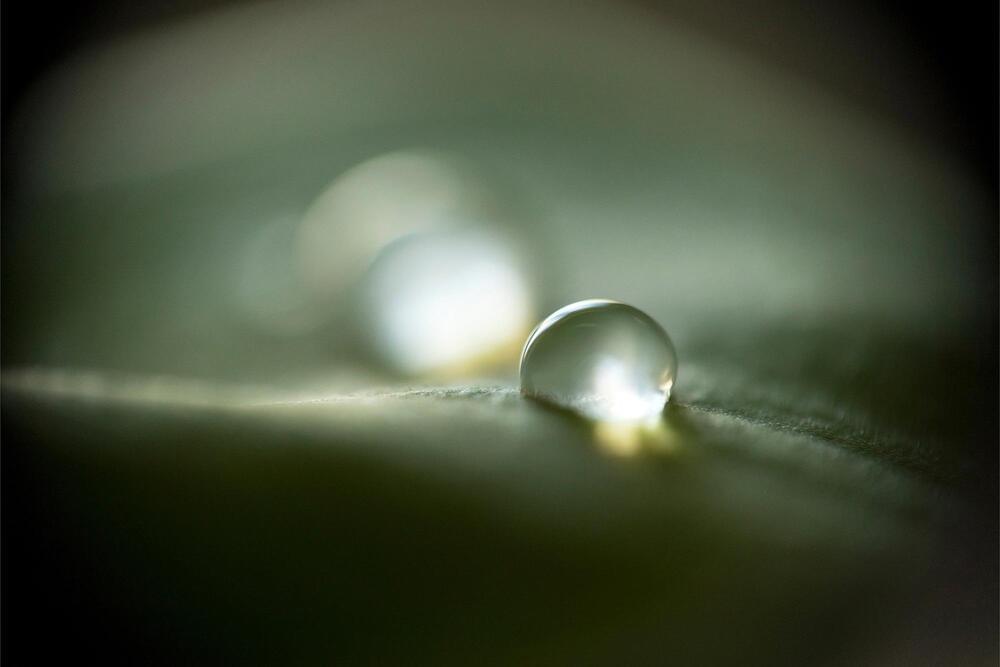
A recent study suggests that by the Neoproterozoic period, distinct lineages of amoebae, as well as the ancestors of plants, algae, and animals, had already emerged and managed to survive the two global glaciations that covered the planet.
Approximately 800 million years ago (mya), long before the formation of the supercontinent Pangea, Earth’s biodiversity was more varied than previously thought. Brazilian researchers, through the reconstruction of the evolutionary tree of life from ancient amoebas and the ancestors of algae, fungi, plants, and animals, have proposed a scenario where multiple distinct lineages of species coexisted during this era. Their findings are detailed in an article published in the Proceedings of the National Academy of Sciences of the United States of America (PNAS).
According to the literature, several lineages of eukaryotes that first emerged 1.5 billion years ago diversified and established themselves during the Neoproterozoic oxygenation event (850−540 mya), when oxygen levels in the atmosphere and oceans rose significantly owing to changes in the planet’s geochemistry.
Industrial electrochemical processes that use electrodes to produce fuels and chemical products are hampered by the formation of bubbles that block parts of the electrode surface, reducing the area available for the active reaction. Such blockage reduces the performance of the electrodes by anywhere from 10 to 25 percent.
But new research reveals a decades-long misunderstanding about the extent of that interference. The findings show exactly how the blocking effect works and could lead to new ways of designing electrode surfaces to minimize inefficiencies in these widely used electrochemical processes.
It has long been assumed that the entire area of the electrode shadowed by each bubble would be effectively inactivated. But it turns out that a much smaller area — roughly the area where the bubble actually contacts the surface — is blocked from its electrochemical activity. The new insights could lead directly to new ways of patterning the surfaces to minimize the contact area and improve overall efficiency.

Living organisms constantly navigate dynamic and noisy environments, where they must efficiently sense, interpret, and respond to a wide range of signals. The ability to accurately process information is vital for both executing interspecies survival strategies and for maintaining stable cellular functions, which operate across multiple temporal and spatial scales [1] (Fig. 1). However, these systems often have access to only limited information. They interact with their surroundings through a subset of observable variables, such as chemical gradients or spatial positions, all while operating within constrained energy budgets. In this context, Giorgio Nicoletti of the Swiss Federal Institute of Technology in Lausanne (EPFL) and Daniel Maria Busiello of the Max Planck Institute for the Physics of Complex Systems in Germany applied information theory and stochastic thermodynamics to provide a unified framework addressing this topic [2]. Their work has unraveled potential fundamental principles behind transduction mechanisms that extract information from a noisy environment.
Bacteria, cells, swarms, and other organisms have been observed acquiring information about the environment at extraordinarily high precision. Bacteria can read surrounding chemical gradients to reach regions of high nutrients consistently [3], and cells form patterns during development repetitively and stably by receiving information on the distribution and concentration of external substances, called morphogens [4]. In doing so, they must interact with a noisy environment where the information available is scrambled and needs to be retrieved without corrupting the relevant signal [5]. All this comes at a cost.
The idea that precision is not free is an old one in the field of stochastic thermodynamics, and the cost usually comes in the form of energy dissipation [6]. This trade-off is even more relevant for biological systems that have limited access to energy sources. Living systems are pushed to find optimal strategies to achieve maximum precision while minimizing energy consumption. Consequently, a complete quantitative description of how these strategies are implemented requires the simultaneous application of information theory and stochastic—that is, noisy—thermodynamics.

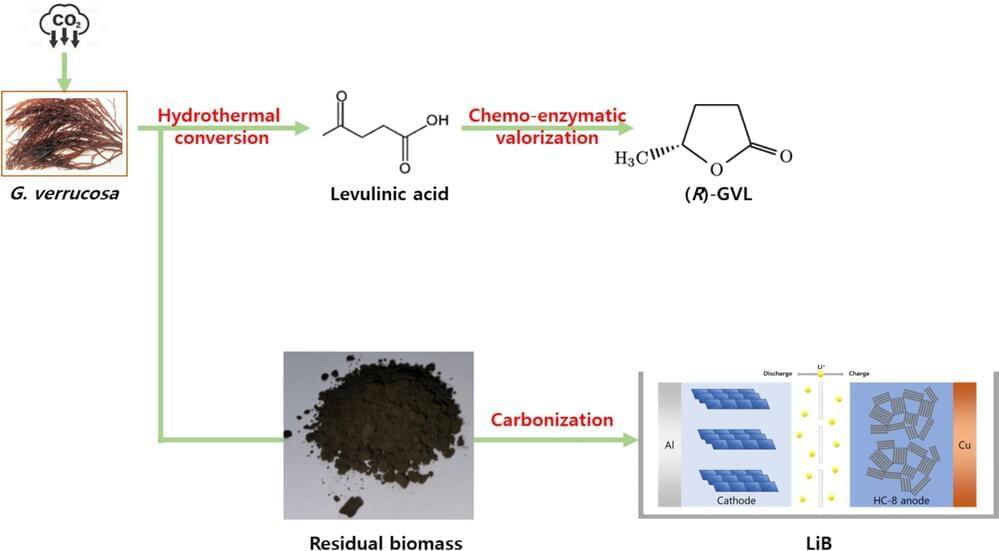
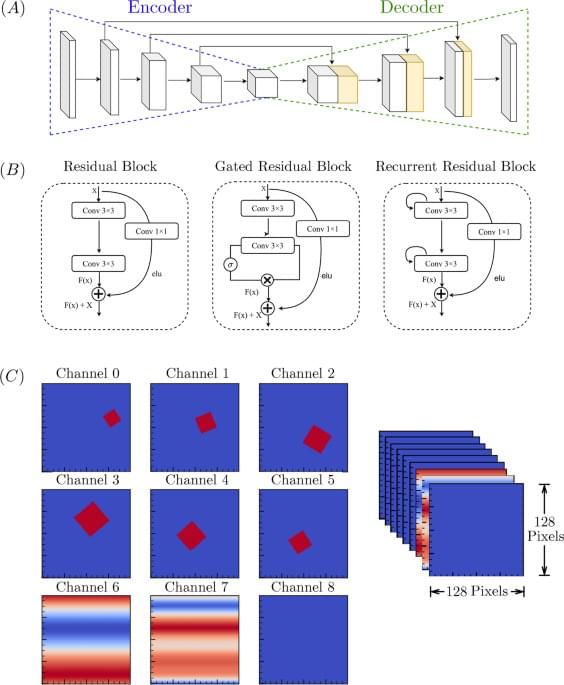
While machine learning methods can be used for accurate flow prediction in complex environments, such as for urban structures30 or turbulent fields31, generalizing these approaches to domains of arbitrary size and complexity remains a challenging problem. One reason is that flows near and around obstacles depend on factors associated with the fluid (i.e., Reynolds number) or domain (i.e., boundary conditions), and fixing either of these conditions puts bounds on the validity of the estimated fields. Thus, if we seek broad applicability, then we should seek the fewest set of model restrictions that together provide the most accurate flow predictions. To this end, our approach has been to deconstruct certain types of domains into individual obstacles that each maintain some level of geometrical similarity, so that a single neural network model can be used to predict flows near all structural boundaries of the domain. Flows between these structural surfaces, at a scale on the order of the obstacle diameter, are predicted using a second neural network model in series with the first. Together, this serial-modeling approach allows for rapid prediction of flows in domains that can be represented by a disjoint set of structural elements. This type of domain is common, for example, in urban and periurban areas, wherein buildings conform to a common structural motif that affects ground-level velocity fields.
Another relevant length scale is the grid size used to digitize individual domains for read-in by the model. Thus, we investigated how flow patterns can be affected when this input resolution is varied. Although our choice of grid size is somewhat arbitrary, it is dense enough to capture variation in the relevant velocity fields near individual obstacles, but not so dense that producing a large enough cohort of CFD-generated training datasets becomes computationally intractable.
Our approach can also be trained to predict flows with a variable inlet velocity, which, in the case of urban wind flow prediction, permits model parameterization in terms of current meteorological conditions. In the specific case of aerial dispersion of chemicals throughout an urban environment, our predicted flows are considered as the advective field of a drift-diffusion model of molecular dispersion. This advection field plays a central role because concentration fluctuations decorrelate in relationship with the velocity fluctuations of the advection field, and spatial heterogeneity in the flow patterns is determined by the sequence of obstacles in the flow path.